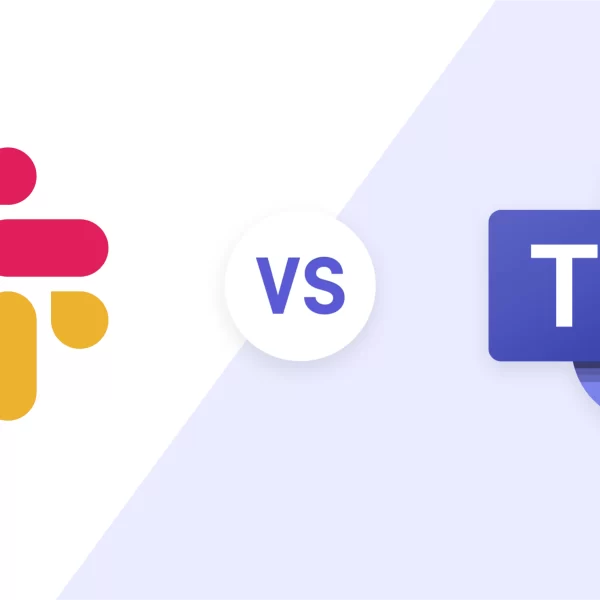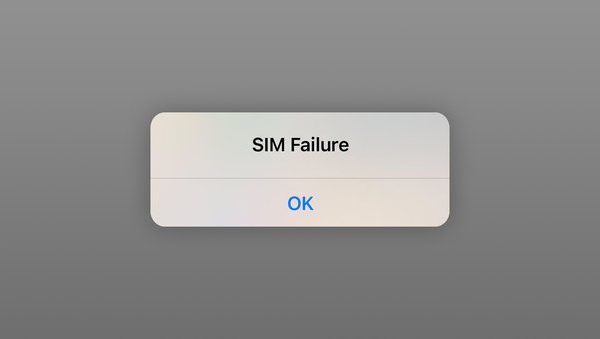We could introduce it as a kind of advanced media that matches the structure and role of the user activity on the site or app in which they settled. In summary, they are ads that meet your real needs.
You can find native ads everywhere, from your favorite publisher sites to your favorite social channels.
Native advertisements match seamlessly into the user activity, and they are more contextual than different kinds of digital advertising (like image and standard ads). Rather than looking off to the side or over the head of a web page, native ads imitate the appearance, feel, and use of a medium’s content, giving it more likely that your fans will presume them.
Also, native ads are growing more and more widespread, and nearly two-thirds of all digital image ads contribute. Based on the latest eMarketer report, Native digital image advertising uses in the US are required to attain a new high of $41.14 billion in 2019.
How do Native Ads Act?
Native ads use a tactic that boosts performance marketing and works in cycles of supply and need. On the supply front are administrators, with viewers and reach, seeming to find their sites. The need side includes advertisers who look to get an audience and run objects around information, deals, or lead generation.
Which Ads are Native?
At the original core of native ads is the concept of placing ads in a regular and unobstructed sense where they natively implement. Native advertising is most likely to be related to any other object and piece of content about it. In situations where the purpose is brand awareness, you may not recognize some of the usual words you in advertisements like marketing, support, sign up, etc.
Universal Examples of Native Ads
Like most other advertising, native ads have different forms, each with its kit of benefits. The Interactive Advertising Bureau (IAB) has named the following six examples of native advertisement.
- In-Feed Units
In-feed native advertising units are related to the situation we described above. When you decide to view sponsored posts to seem in your social media feeds or on a publisher’s section like Forbes, Mashable, they are in-feed units. These ads rise straight in line with additional items, posts, or editorial content.
In-feed units seem varied from site to site as they relate to any site’s individual user activity.
- Promoted Listings
If you have an online purchasing fashion like numerous people, you recognize advertised listings frequently. You can check some sponsored listings that resemble Amazon.com as an example when searching for new marketing books. But, while those businessmen paid for those media positions, they try to make them look just like the original listings.
- Custom
Given the pace of technological innovation and the potential for administrator partnerships, the IAB’s last example of native advertising drops the door wide for a series of events. Building a new Snapchat filter is an instance of a custom native ad. While this filter is a form of paid media, it fits within the app’s user interface beside Snapchat’s additional filters.
- Paid Search Units
Native advertising is also a successful advertising plan for search motors. Those top-of-the-page advertising positions that you want to bid on. Technically, they are native ad positions as these prime advanced search returns look like the natural search results.
- Recommendation Widgets
A different spot where you will discover native ads on administrator sites, social media, and search motor effects pages, is in reference widgets. You will usually notice these ads off to the top of a web page or even after an article to promote further content you might choose.
- Display Ad With Native Elements
This kind of native advertising seems just like any additional ad you might view online. You may also view these native ads in an ad box or banner. What presents it natively is the contextual relationship with the site looks up, and the content resembles beside.
Campbell’s, for instance, put an in-ad unit on allrecipes.com for their prescription collection. While the ad does not seem like the original recipes posted on the site, it is contextually related to the page.
Conclusion:
The possibilities are many advantages that, even though you may not have received it, you have noticed several instances of native advertising. Today, native advertising is throughout – and it is becoming harder and harder to detect. Here, we talked about different points of native advertising and present some examples of that.













